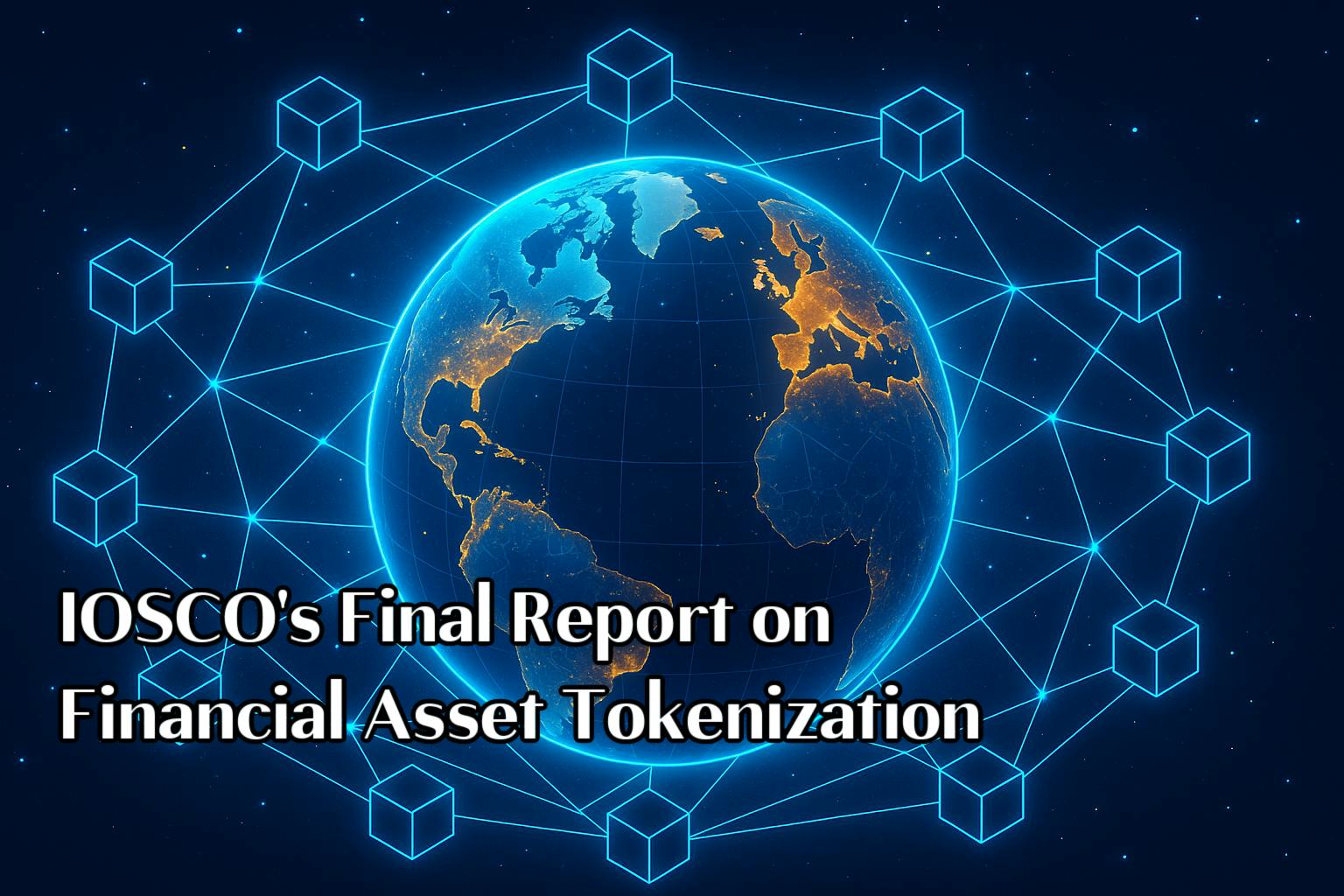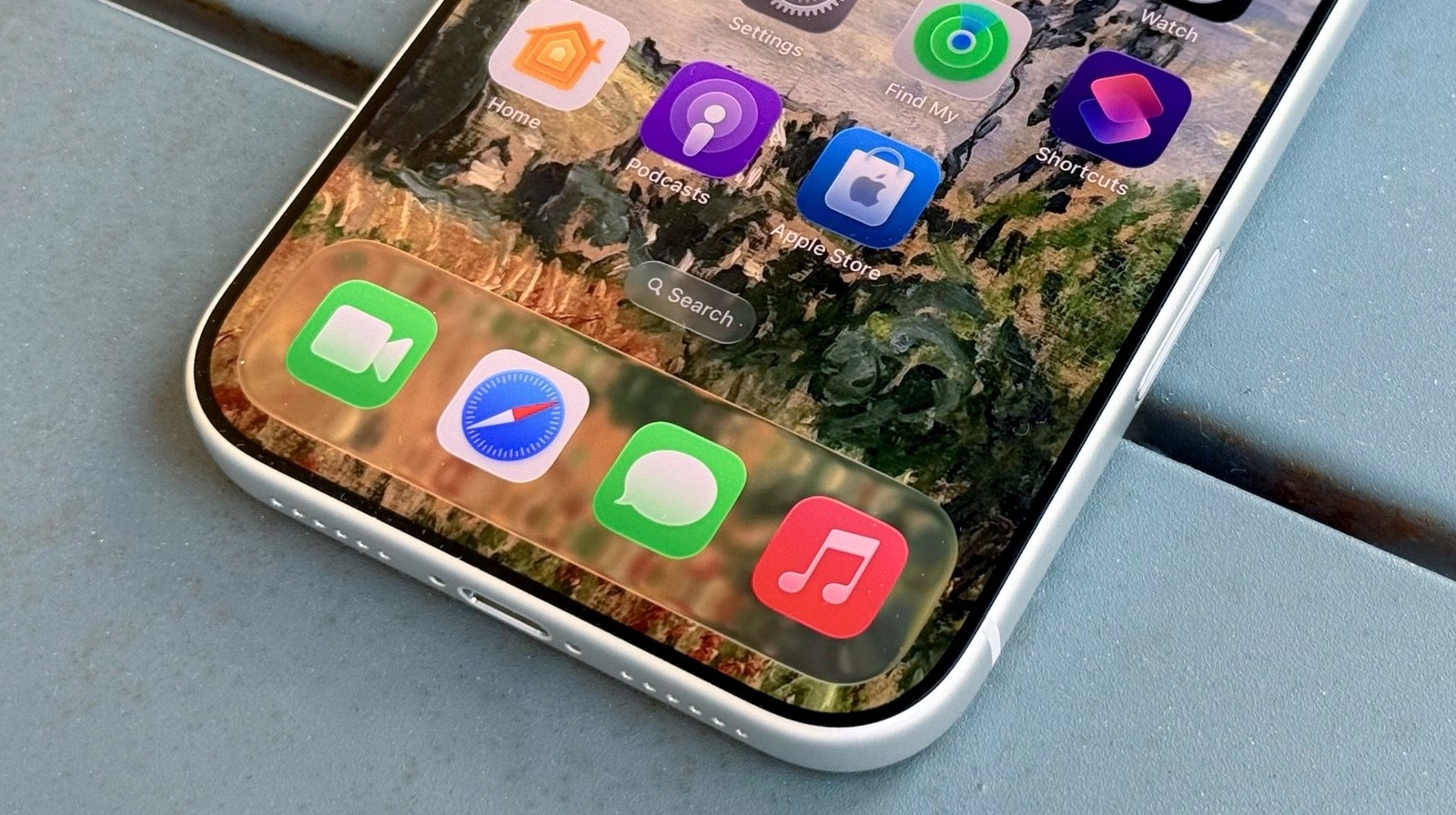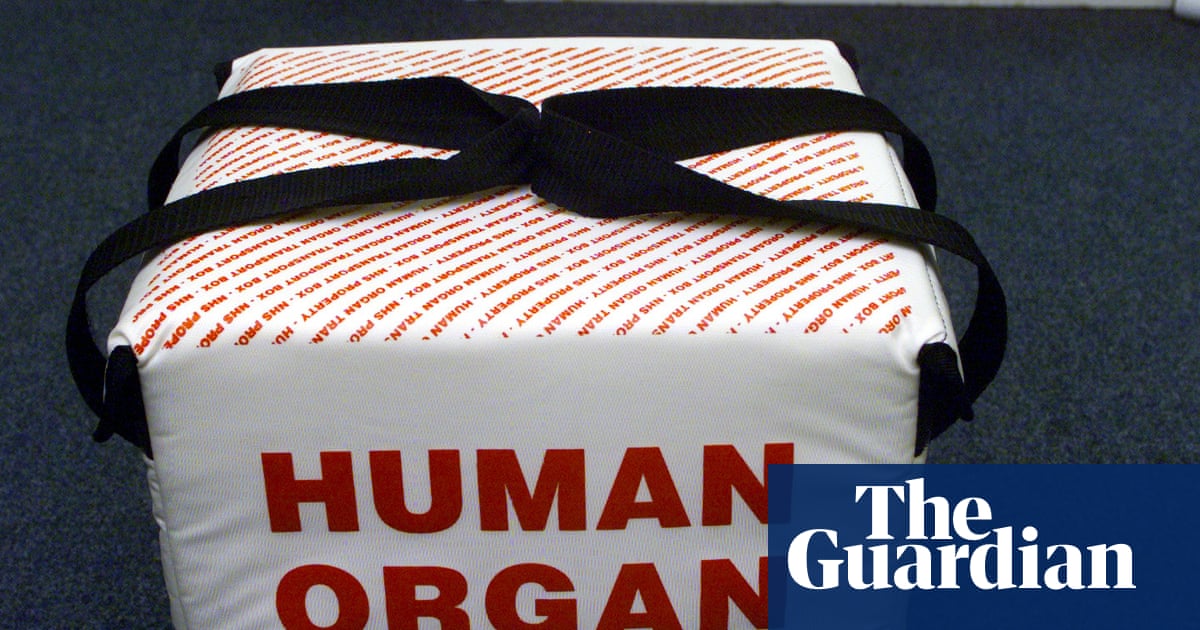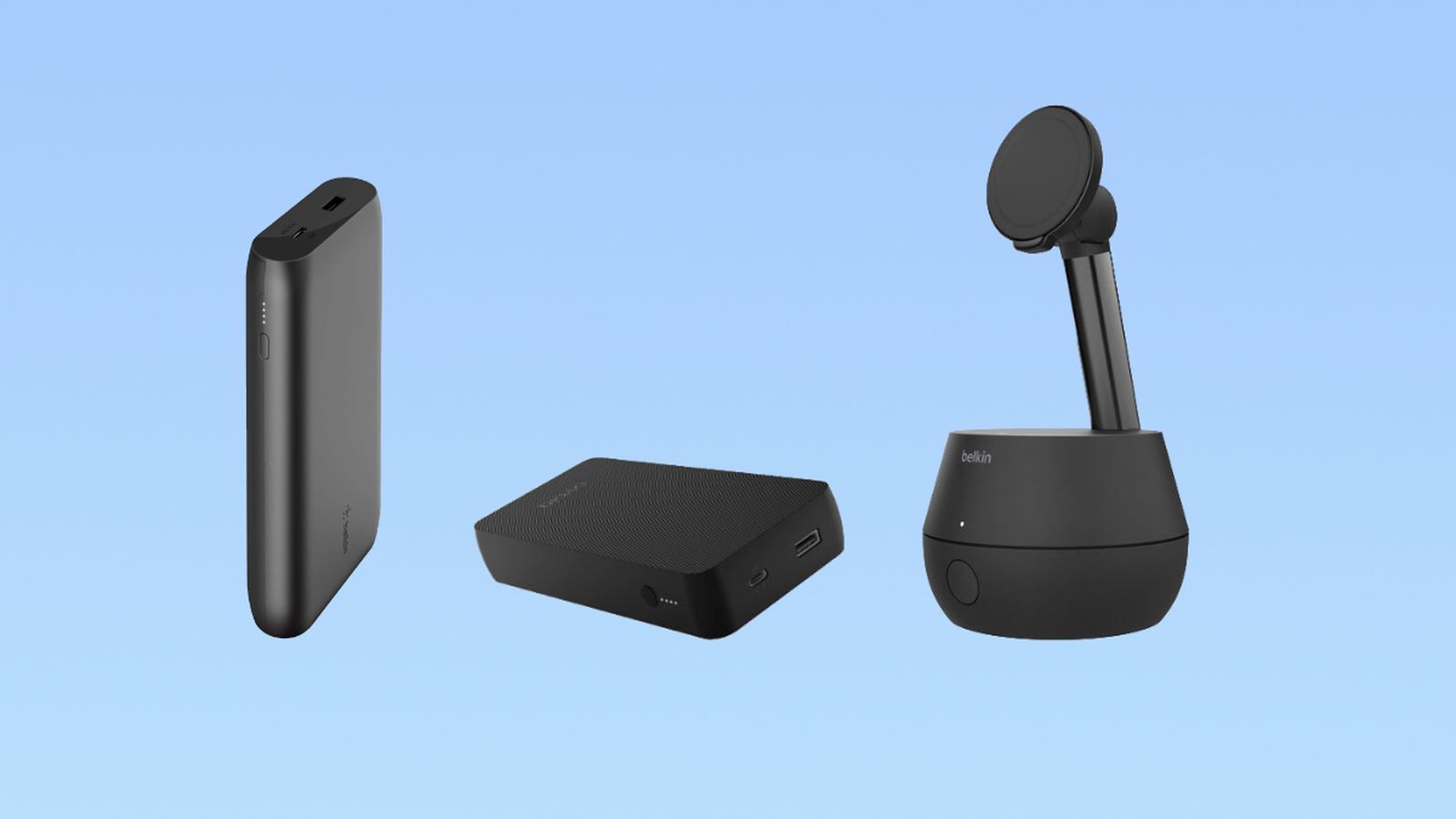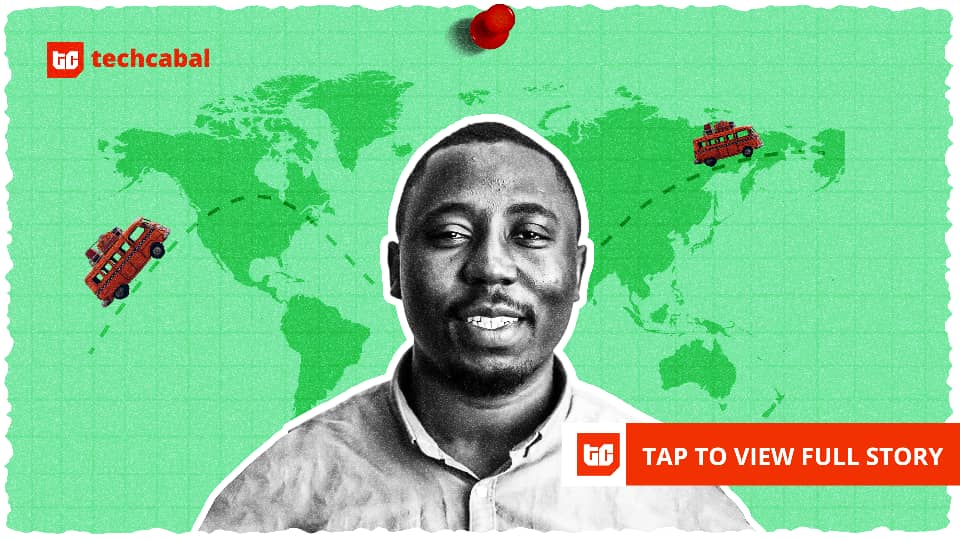IOSCO’s global survey of securities regulators reveals tokenization’s rapid experimentation in bonds and money markets, yet highlights structural and legal hurdles blocking mainstream adoption.
The International Organization of Securities Commissions (IOSCO), a key global regulator overseeing securities markets in more than 100 jurisdictions, has released its most comprehensive study to date on distributed ledger technology (DLT) and its growing role in financial markets.
The Final Report on the Tokenization of Financial Assets, published in November 2025, offers detailed insights into how tokenization is being used to digitize capital market products, the implications for market integrity, associated risks, and how regulators plan to respond. The findings come at a pivotal moment as global institutions explore tokenization of real-world assets (RWAs) such as gold, oil, real estate, and natural resources.
About IOSCO and the Report
IOSCO’s mandate is to strengthen investor protection, uphold market integrity, and foster cross-border regulatory cooperation. The report was developed by the organization’s Fintech Task Force through extensive research, regulatory surveys, and consultations with both public and private sector stakeholders.
The task force included participation from major regulators such as the United States Securities and Exchange Commission (SEC), the UK Financial Conduct Authority (FCA), the Monetary Authority of Singapore (MAS), Germany’s BaFin, Japan’s Financial Services Agency (JFSA), the Swiss Financial Market Supervisory Authority (FINMA), and Canada’s provincial securities commissions. Together, they represent more than 95 percent of the world’s securities markets by market capitalization.
Their shared objective was to create a consistent global framework for evaluating tokenization, analyzing its potential to reshape capital markets, and identifying the risks that could arise as traditional and digital finance become increasingly interconnected.
Tokenization: Nascent but Growing
IOSCO describes tokenization as “emerging but far from mainstream.” While the technology has attracted strong commercial interest, most projects remain at the pilot or institutional testing stage. The report identifies fixed income and money market funds (MMFs) as the primary use cases driving real-world experimentation.
Examples include UBS’s $375 million digital bond issued on the SIX Digital Exchange and tokenized MMFs from asset managers such as BlackRock and Franklin Templeton. These initiatives highlight tokenization’s ability to combine traditional compliance with blockchain efficiency.
According to a 2024 Boston Consulting Group (BCG) study, the global market for tokenized assets could reach $16 trillion by 2030, representing roughly 10 percent of global GDP. Private credit, real estate, and natural resources are expected to drive much of that growth as institutional investors seek improved liquidity and fractional ownership models.
Incremental Change, Not Revolution
The IOSCO report stresses that tokenization’s impact so far has been evolutionary rather than revolutionary. While the benefits are clear; lower underwriting fees, faster settlement, and fractional ownership of assets – most issuance, trading, and settlement activities still depend on traditional financial infrastructure.
The report identifies three core models in use today. The “books and records” model focuses on digitized documentation rather than full on-chain representation. The “digital twin” model creates blockchain-linked replicas of off-chain assets. The “digital native” model issues assets entirely on-chain. Each approach delivers specific efficiency gains, but all face similar challenges in interoperability, legal clarity, and integration with existing custodial systems.
Post-trade innovations, such as tokenized collateral mobility and near-instant settlement, are beginning to show practical benefits. In some cases, distributed ledgers have reduced intraday repo settlement costs by more than 50 percent, according to Broadridge Financial Solutions. Yet, these improvements remain isolated within test environments and private networks rather than scaled, interoperable ecosystems.
Legal and Operational Challenges
The most significant hurdles remain structural. Existing securities laws were designed for paper and electronic book-entry systems, not for tokens representing assets on distributed ledgers. As a result, investors face uncertainty about ownership rights, transferability, and dispute resolution when dealing with tokenized assets.
Operationally, tokenization introduces new forms of risk. Smart contract flaws, cyberattacks on blockchain nodes, data leakage, and loss of private keys remain pressing concerns. The report also highlights how a lack of interoperability between blockchain networks creates fragmented liquidity pools and limits market depth.
IOSCO warns that increased reliance on shared DLT networks could amplify systemic risk. If one major blockchain or settlement layer fails, disruptions could cascade across multiple institutions simultaneously. The interconnected nature of tokenized MMFs, some of which are used as stablecoin reserves, underscores the growing overlap between traditional and decentralized markets.
Regulatory Response on Tokenization and Coordination
IOSCO calls for a technology-neutral, principle-based approach to oversight, emphasizing “same activity, same risk, same regulatory outcome.” Regulators are advised to focus on the underlying economic function of tokenized instruments rather than their form or technology.
Jurisdictions are responding with a mix of strategies. Some are applying existing laws and issuing tailored guidance, while others are experimenting with innovation sandboxes or drafting bespoke rules for digital assets. Singapore’s Project Guardian and Switzerland’s DLT Act are cited as examples of frameworks balancing innovation with accountability.
The report also underscores the need for clear responsibility across the tokenization value chain. Even within decentralized systems, entities such as issuers, custodians, and technology providers must be accountable for investor protection and operational resilience.
Real-World Assets: Gold, Oil, and Natural Resources
For innovators working on tokenizing real-world assets such as gold, natural resources, and commodities, IOSCO’s findings are both encouraging and cautionary. Tokenization can unlock previously illiquid markets by enabling fractional ownership, improving transparency, and broadening investor access beyond institutional circles.
However, the report highlights that scaling RWA tokenization will depend on legal clarity, interoperability, and credible settlement processes. Issuers must ensure that token holders have enforceable rights to the underlying assets and that custody, audit, and redemption mechanisms meet regulatory standards.
According to a 2025 Chainalysis report, tokenized commodities and physical assets represent less than 1 percent of total tokenized value today but are projected to grow sharply as institutional investors look for inflation hedges and diversification in digital form.
The Road Ahead
IOSCO concludes that tokenization’s future lies in integration rather than disruption. Distributed ledger technology has the potential to make capital markets faster, more inclusive, and more efficient, but only if paired with strong governance and harmonized regulation.
As regulators move toward clearer frameworks and institutional adoption accelerates, tokenization could redefine how global capital moves. The transformation may not come as a sudden revolution but as a gradual rebuild of financial infrastructure that merges compliance, transparency, and automation.
For now, tokenization remains a promise under construction: a bridge between traditional markets and a digital future. Its success will depend not only on innovation, but on the legal certainty and regulatory trust that turn potential into permanence.
:::tip
Read the full IOSCO report here
:::

